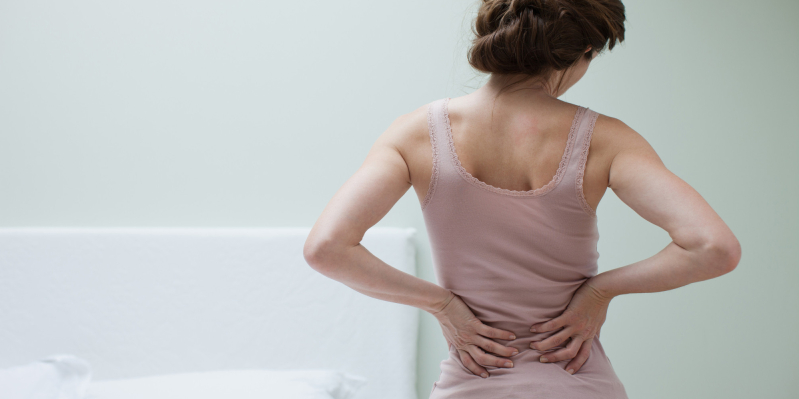
For many office workers, their job has literally become a pain in the neck. While standing desks are becomingly an increasingly popular option for those who suffer physical discomfort at work, a researcher at McGill University in Quebec says her study of treadmill workstations show them to be potentially more beneficial and able to help diminish work-related musculoskeletal disorders.
Kinesiology researchers at the Occupational Biomechanics and Ergonomics Lab in Laval, Quebec's Jewish Rehabilitation Hospital, led by McGill professor Julie Cote, are studying ways to reduce or even prevent muscular and skeletal stresses and pains. Cote was the laboratory director for a Masters thesis, by Larissa Fedorowich, which shows that walking while working on a computer may lead to healthier muscular patterns. The research was published this year in the European Journal of Applied Physiology.
"There are studies recently that show that you lose weight because you would exert more calories, but we were more interested in knowing about the muscles that do the work. The muscles in the neck/shoulder region are the ones that feel the pain and experience fatigue," says Cote, an Associate Professor in the Department of Kinesiology and Physical Education whose research focuses on biomechanics and ergonomics.
Cote's lab asked 20 healthy participants to complete a 90-minute typing task on a computer while sitting or walking on a treadmill. This typing task measured both speed and accuracy.
"We found out that in terms of performance - typing performance - there was no difference between how fast or how many mistakes people were making whether they were walking or seated," said Cote.
For the experiment, they placed electrodes on certain parts of the body to measure muscle activity in the neck, shoulders, forearms, wrists and lower back. Cote said the electrodes collected three points of data - blood flow, muscle activity and movement or posture - with the help of motion capture.
"As soon as we collect the data it's recorded in the computer and right away in real time you can visualize the displacement of the markers. So the little gray balls that are placed on the joints and vertebrae, those are reflective substances or markers so right away the cameras can detect where they are in space. That's the motion capture technology," said Cote.
Her lab asked participants to rate their level of discomfort while performing tasks. Results showed that upper limb discomfort was higher when the subjects were sitting and increased the longer they sat.
"We found in terms of muscle activity there were patterns that seemed to be healthier in the neck and shoulder while people were walking," said Cote.
They discovered that there was lower, but more variable, muscle activity when subjects were walking compared with sitting, all of which translated into less discomfort.
When people were walking, "the muscles worked together in a more independent way," said Cote
"So the results of this study when we measured muscle activity in walking we show lower muscle activity amplitude, we show more variable muscle activity patterns and we show less co-activation all with no impact on productivity on the typing performance," she said.
Cote's lab is in the process of preparing results of desk standing versus sitting, to submit for publication, but she is already convinced that the former is healthier for workers. "What I can say in terms of performance, people seem to be performing better when they were standing," said Cote.
Cote said her laboratory team is interested in partnering with companies, research institutes or occupational health institutes in the future to see how their results would transfer "to the real workplace" over a longer period of time.
"So for example in the lab we record for 90 minutes. I probably would not recommend that people walk for much longer than this and work on the computer in the workplace. So the next step would be to determine 'what is the optimal duration?' What is the ultimate breakdown of walking continuously and taking a break?"







